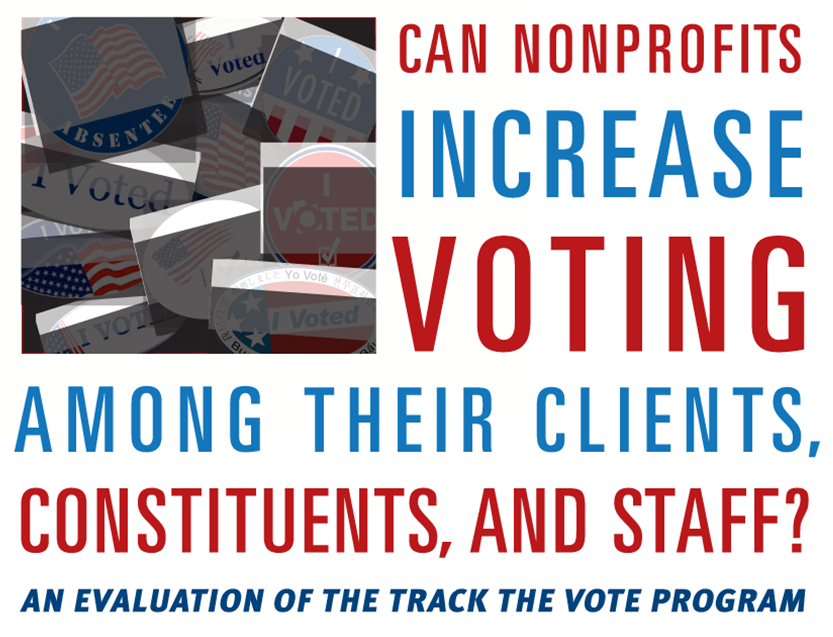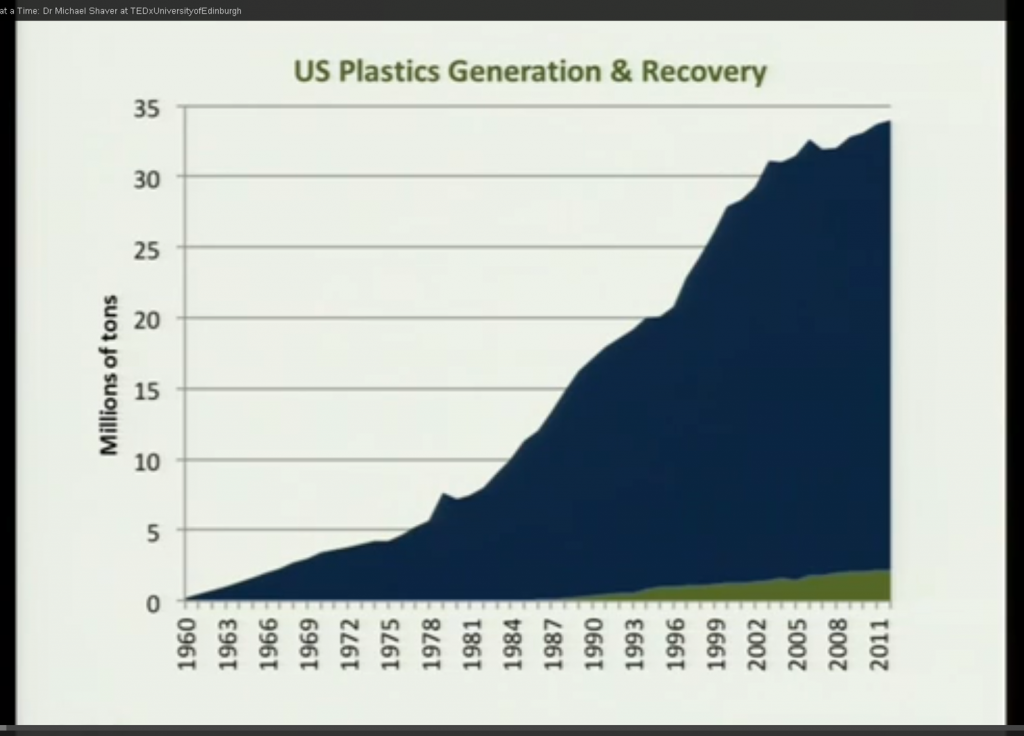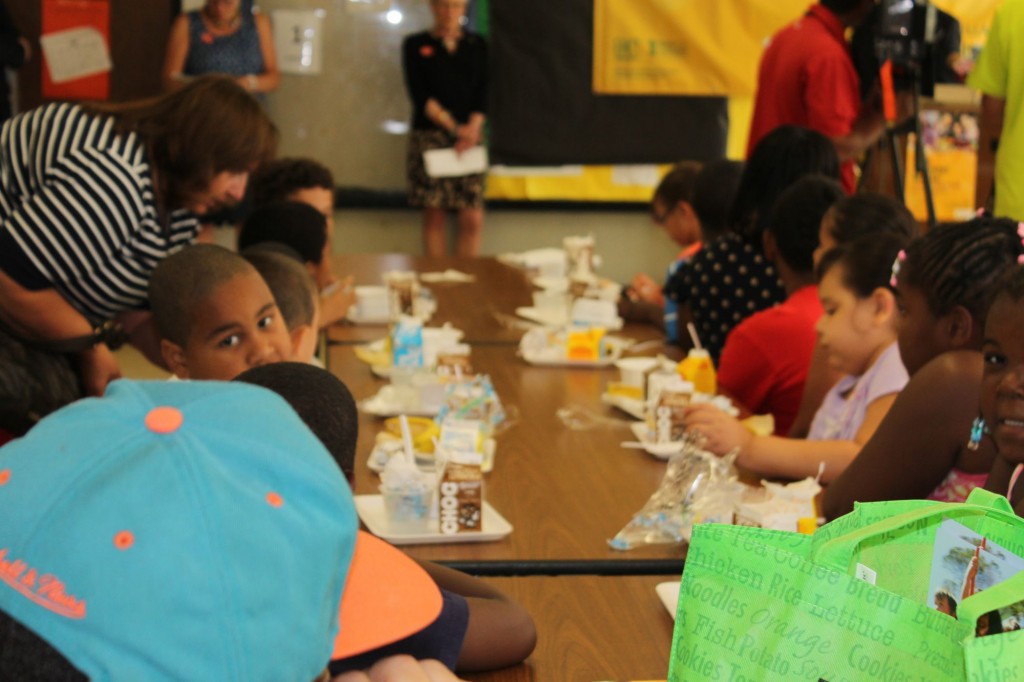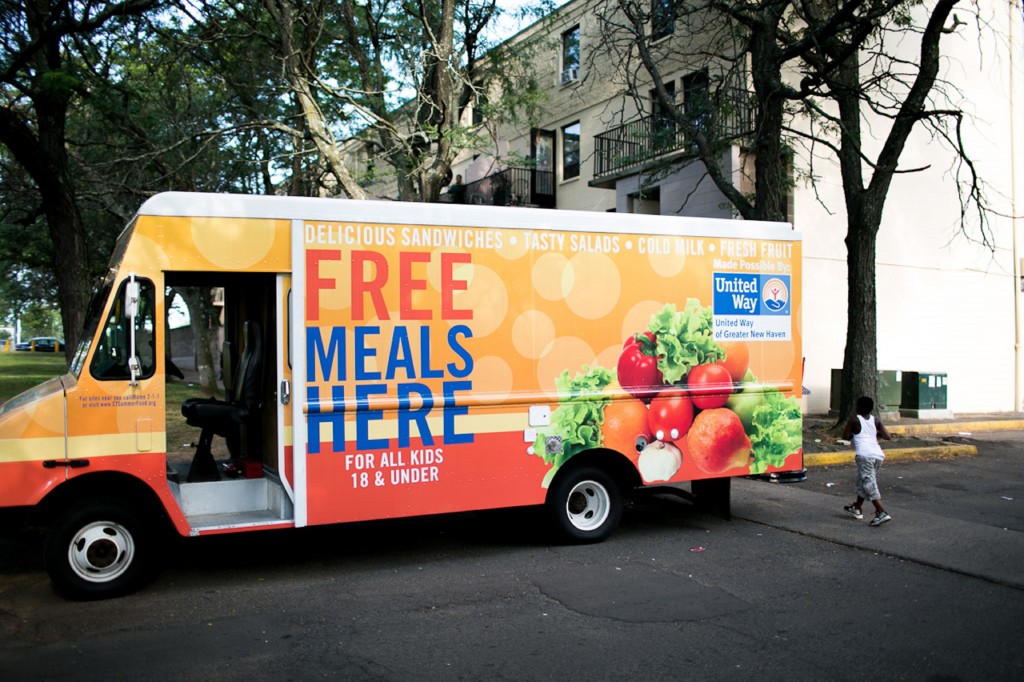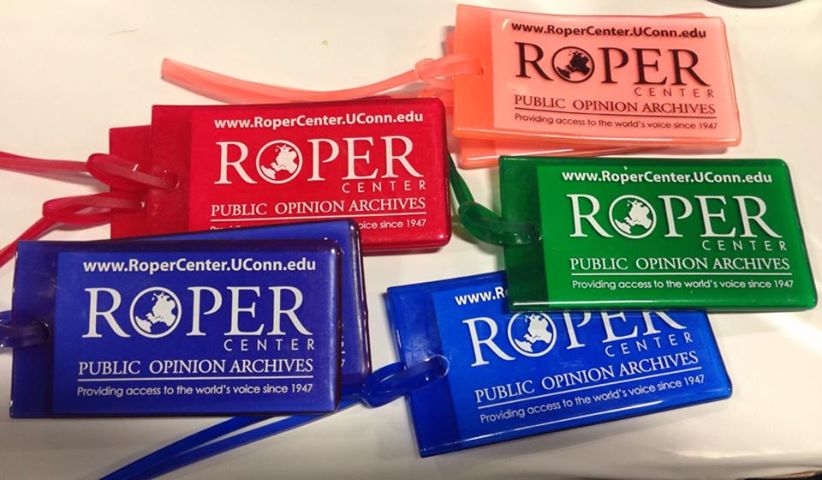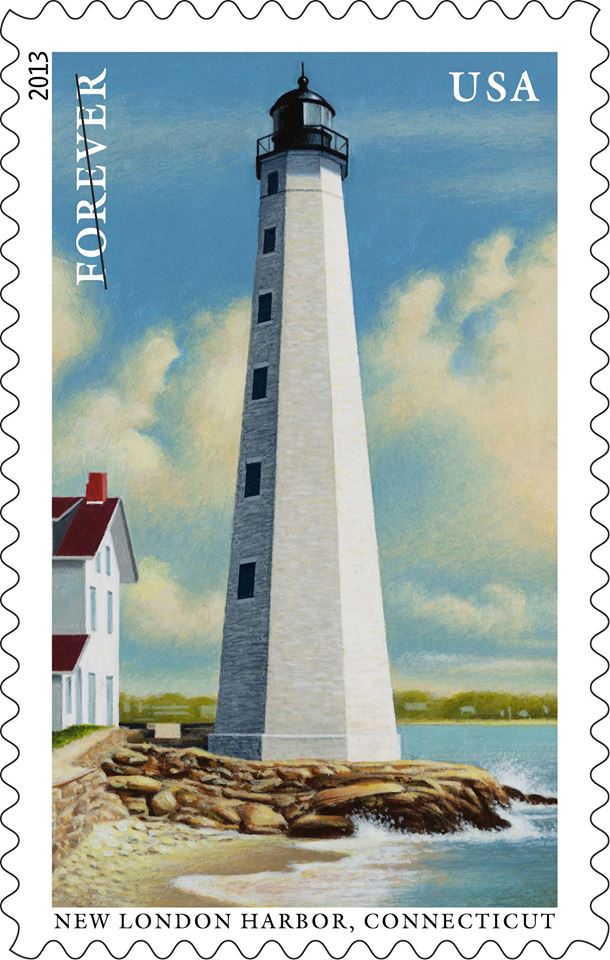Early Childhood Education Supported Nationwide, Poll Finds; CT Improving Coordination of Programs
/
The First Five Years Fund (FFYF), a national advocate for preschool education, has released the results of a national survey of voters which finds that support across the political spectrum for a plan to help states and local communities provide better early childhood education programs to parents of children from birth to age five.
Conducted by the research team of Public Opinion Strategies and Hart Research, the national telephone survey found that 70 percent of Americans favored providing all low- and moderate-income 4-year-olds with voluntary access to high-quality preschool programs as well as making available more early education and child care programs for infants and toddlers and home visiting and parent education programs for families.
In Connecticut, Gov. Dannel P. Malloy signed an executive order in June that established an Office of Early Childhood (OEC) in the state, bringing together various programs that had been under the jurisdiction of a number of state agencies.
The Office is “comprised of related programs that were previously housed in five separate state agencies — the Department of Education’s School Readiness program, the Department of Social Services’ Care for Kids, Children’s Trust Fund, and other childcare programs, the Department of Public Health’s childcare licensing program, the Department of Developmental Services’ Birth to Three program, and the Board of Regents’ Charts a Course program — the OEC will improve continuity and the reach of early childhood programs.”
The General Assembly failed to pass a bill creating the new office on the final night of the legislative session in early June, but the state budget allocated $127 million in the first year and $232 million in the second year to the office. Instead of leaving those dollars hanging in legislative limbo, CT News Junkie reported, the executive order seeks to offer a temporary solution, on an issue that Gov. Malloy has long advocated.
Myra Jones-Taylor was appointed by the Governor as the agency's executive director. She is a member of the New Haven Board of Education and served most recently as director of the state Office of Early Childhood Planning. The Office of Early Childhood is responsible for providing “a comprehensive, collaborative system for delivering improved programs and services to children age zero to five and their parents.”
Nationally, support for the preschool proposal increased to 77 percent when respondents were told explicitly that the proposal would not add to the deficit, FFYF said, including 72 percent support from Republicans, 71 percent from Independents and 88 percent from Democrats. A majority of voters (51 percent) strongly support such a proposal.
Other findings from the  survey include:
survey include:
- Ensuring children get a strong start in life was seen as an important national priority by 86 percent of respondents—second only to increasing jobs and economic growth—and 13 points higher than reducing the tax burden on families.
- Voters say the country is not doing enough on this issue, with 70 percent saying it is an area we need to “do more.” This includes large majorities of voters who have children (77 percent) and those who do not have children in their household (66 percent). Virtually no one (2 percent) thinks we’re doing too much already.
“Americans rightly perceive a need for all children to gain the knowledge and skills necessary to start kindergarten - and life - on the right foot,” said David Nee, Executive Director of the Hamden-based William Caspar Graustein Memorial Fund. “Our own experience shows that early is good, and earlier is better. Infants and toddlers and their families need our support. We can do more, now, to achieve this goal."
In addition to support from large majorities of voters across the political spectrum, key demographic groups are in support of the proposal, including Hispanics (83 percent), African Americans (82 percent), suburban women (68 percent) and young voters under the age of 35 (79 percent).
The survey found that three in five voters (63 percent) want Congress to act on legislation now rather than wait until later (32 percent). And even when presented with “an impassioned argument” from both supporters and critics of making such an investment in quality, voluntary early childhood learning and child care, Americans continue to express their overwhelming support of the proposal.
The survey was conducted from July 8-11 by the bipartisan research team of Public Opinion Strategies and Hart Research on behalf of FFYF. The demographically representative sample of 800 voters was distributed proportionally throughout the country and reached registered voters on landlines and cell phones. The survey has a margin of error of plus or minus 3.46 percentage point.



